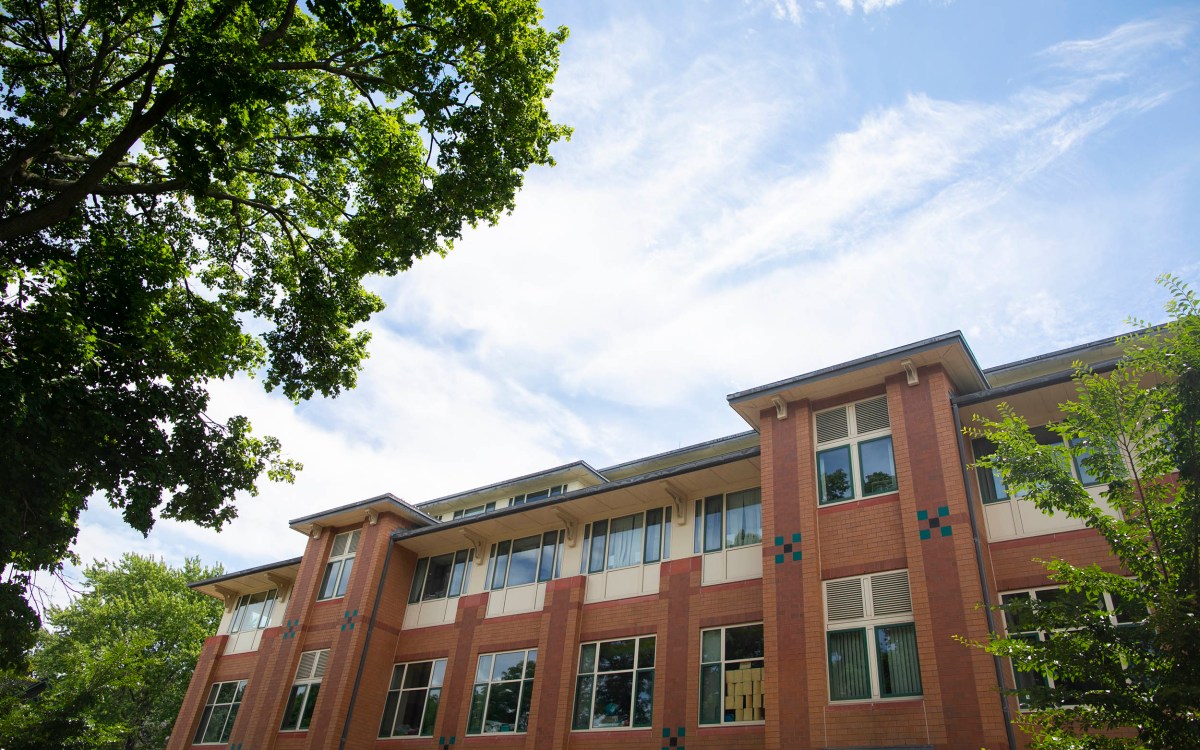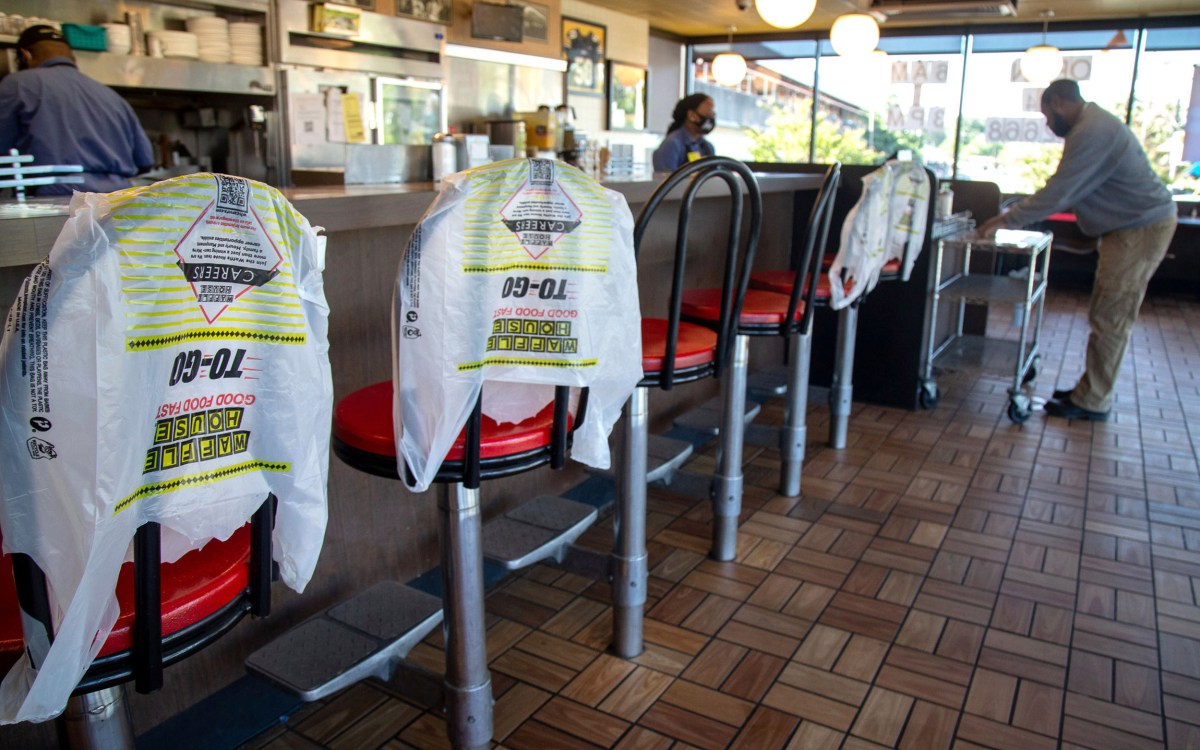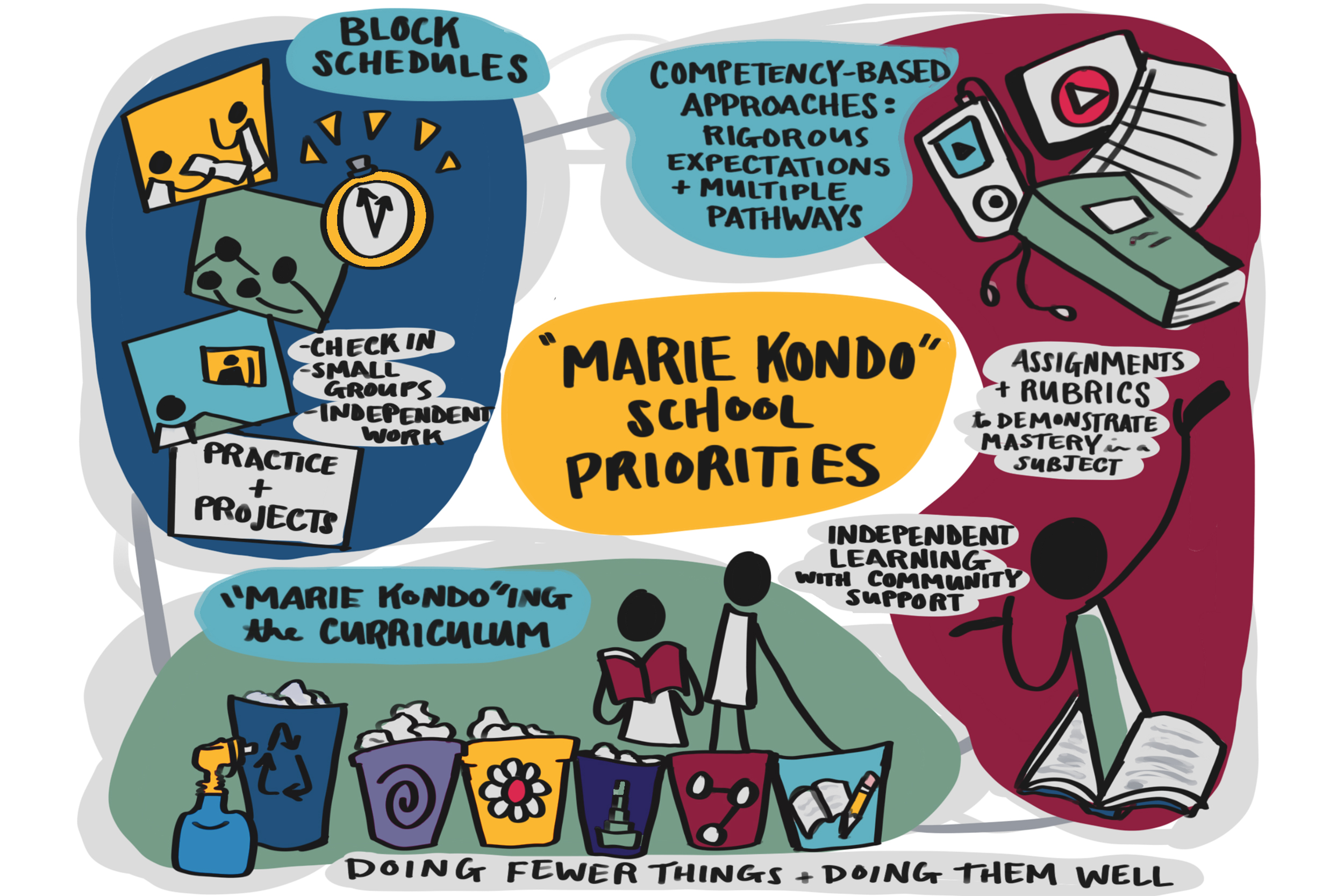
Illustration by Haley McDevitt.
Agonizing over school-reopening plans? Think Marie Kondo
Report lists creative options amid pandemic, urges focus on essentials
Her advice has helped millions declutter their lives. Now organizing expert Marie Kondo’s philosophy of letting go of nonessentials can help K-12 educators scrambling to design creative back-to-school plans in the age of COVID-19, Harvard experts say.
“Imagining September,” a recent report released by researchers from Harvard’s Graduate School of Education (HGSE) and the Massachusetts Institute of Technology, suggests that schools grappling with online and in-person teaching options can keep students more engaged by limiting coursework to the essentials only. Avoid piling on missed material in a “drill and kill” approach, the report suggests, and instead emphasize developing foundational skills and knowledge, while preserving some “in-school” time for the arts and extracurriculars.
“The key idea is to just focus on the essential knowledge and skills that kids need to learn in a given year, and then let go of some of the rest,” said Jal Mehta, HGSE professor and co-author of the paper, who helped developed the Kondo idea with Shanna Peeples, the 2015 National Teacher of the Year and a recent graduate from of HGSE’s Doctor of Education Leadership program. “Focusing on essentials allows opportunities for teachers to go deeper, create space to form relationships, build communities, support social emotional learning, extracurriculars, and all the other things that are going to be critical in this upcoming year.”
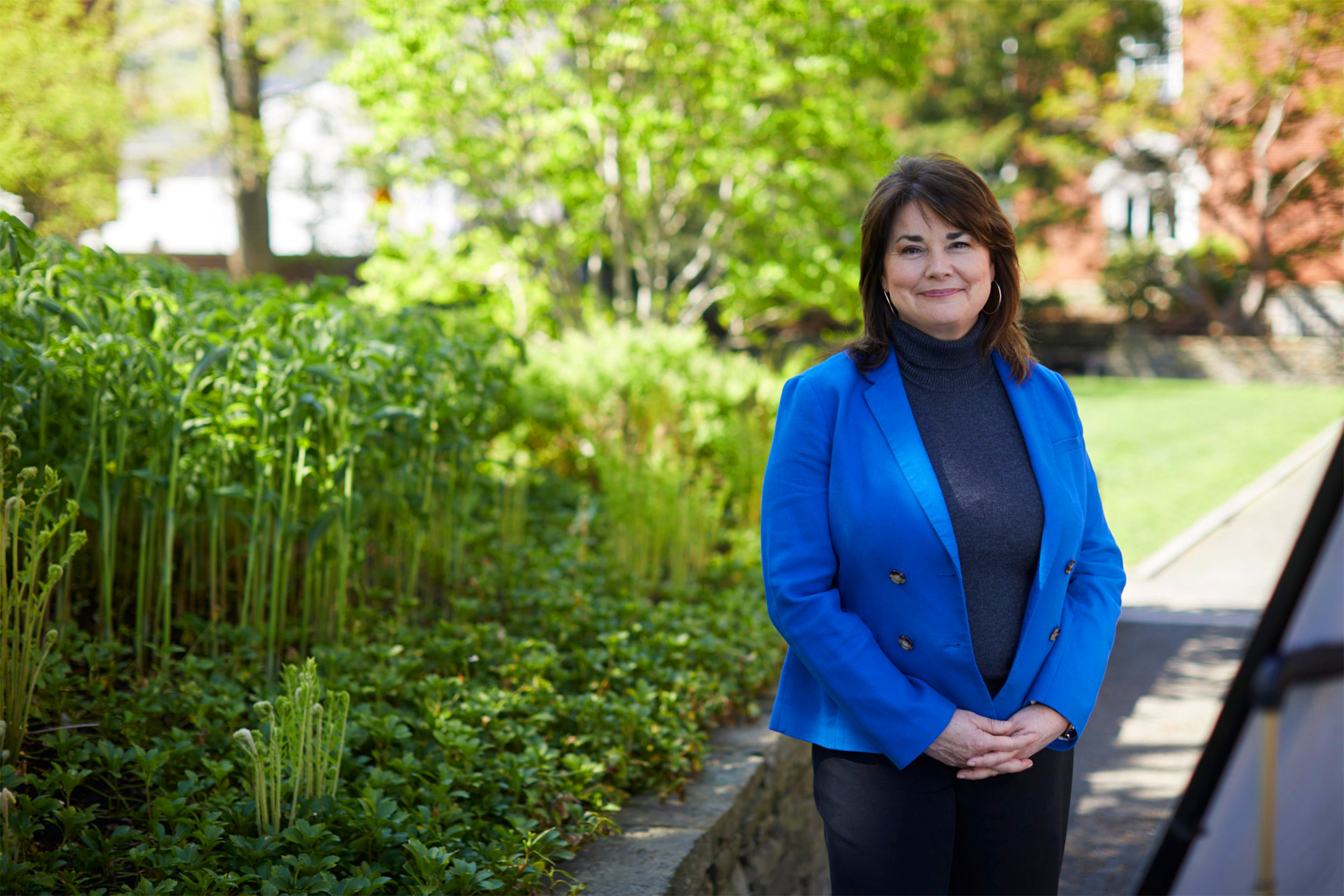
Peeples said a former mentor helped her come up with the idea of keeping things simple to avoid feeling overwhelmed when planning her own lessons as a teacher. “She advised me to think about what would count as a ‘need to have’ and let go of what’s ‘nice to have,’’’ Peeples said. “The pandemic brought that rule of thumb back to me. As educators, it is so easy to put more into our already overfull proverbial closets — that’s the nature of work that encourages us to see everything as a potential learning resource. This is even more true of our curricula, overstuffed as it is with all of its ‘nice to haves.’ Everything in our curriculum has a purpose but not everything in our curriculum needs to stay.”
But “Kondo-ing” school priorities is just one of many suggestions contained in the report and accompanying guide for educators developed with input from teachers, administrators, local officials, students, and parents from school districts across the country. “Imagining September” outlines a range of possibilities — everything from a “call a teacher” button that allows students studying online to virtually raise their hands and ask for help from a teacher on call, to substituting typical coursework for seniors in good academic standing with 1,000 hours of volunteering, to encouraging students thriving in virtual classroom settings to keep studying from home while giving students who have limited internet access at home, or those who are most vulnerable, priority for in-school learning time. The report also suggests parents create “microschools” with three to five other families and take turns providing support and supervision for the small groups of learners studying online, and it recommends making students — high achievers as well as those in need of help — a key part of the planning process.
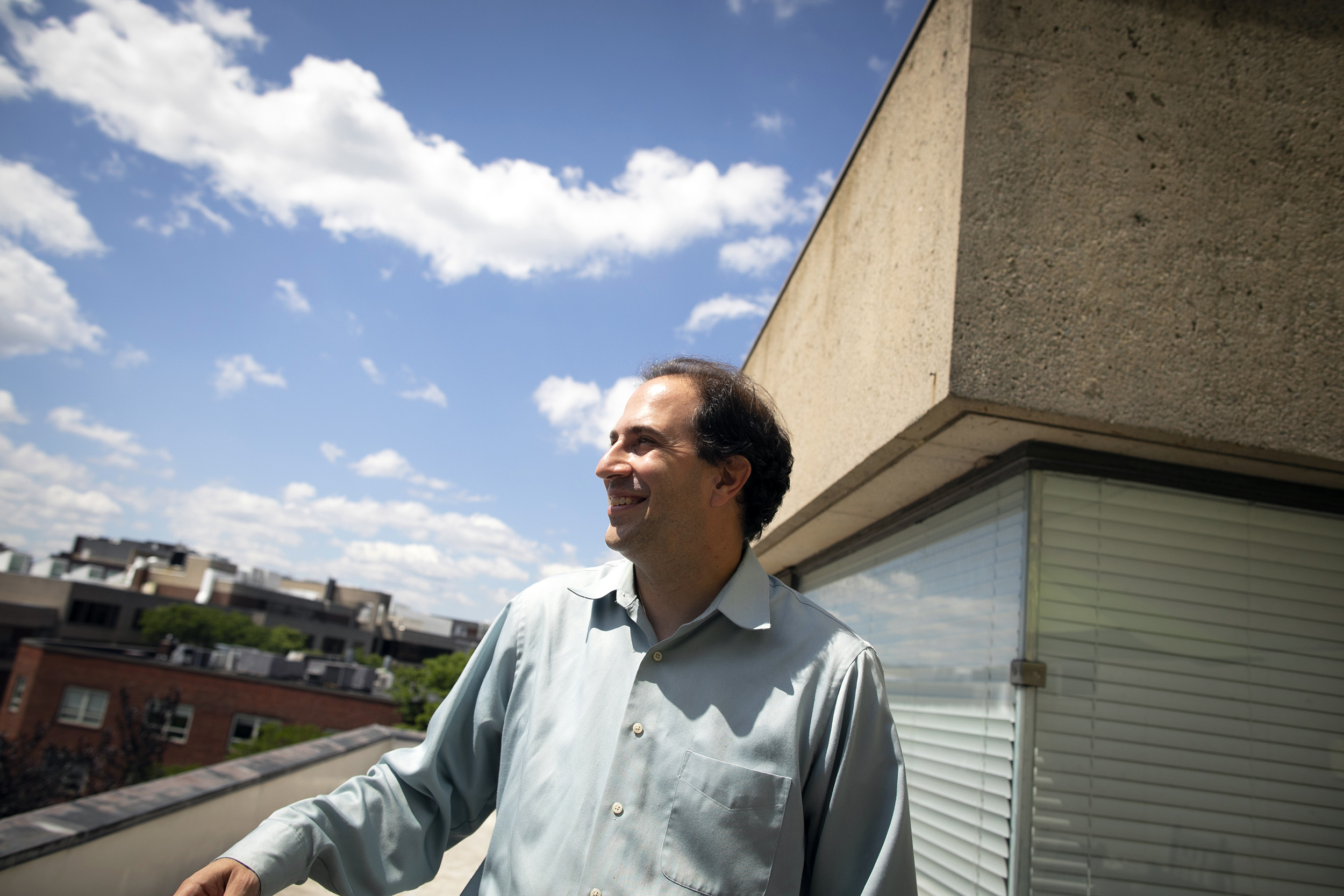
“When people hold these kinds of design meetings with students they often include the editor of the school newspaper, the student body council president, or the head of the debate team. School is already working well for those kids,” said Mehta, who took part in three separate planning sessions with students and adults while working on the report. “The person you need at the meetings is the student who was absent 30 times this last year. That’s the kid for whom school is not working.”
Building bonds between teachers and students will be more important than ever, the authors write, as many schools will opt to continue online-only instruction. One way to create those connections, they suggest, is through advisory programs that pair a teacher with a small group of students for virtual weekly check-in sessions.
More like this
The researchers acknowledge that every school is different and that there is no “one size fits all,” reopening plan. They hope their work will be a jumping-off point for people to think creatively about the different forms school might take. “We were really not trying to produce a down-the-middle, policy-in-the-box report. Instead we wanted to listen to students and teachers and imagine what could be possible,” said Mehta.
Mehta also hopes the research can help shine some light on what he calls the “dark turn” the national conversation has taken around school reopening since their report was released earlier this month. In recent weeks President Trump and Education Secretary Betsy DeVos have been pushing schools to reopen for in-person instruction despite the surging coronavirus infection rates in parts of the country. Many teachers and unions have balked at the idea of returning to classrooms, with some educators threatening to strike if they are forced back to school.
“What we are urging in this report is that there are lots of options; there are lots of possibilities,” said Mehta. “Some parents want their kids to stay home; some teachers need to stay home. Other parents really badly want their kids to go to school, and we need to work with various stakeholders in an inclusive way and think creatively about how to realize these varied goals.”



